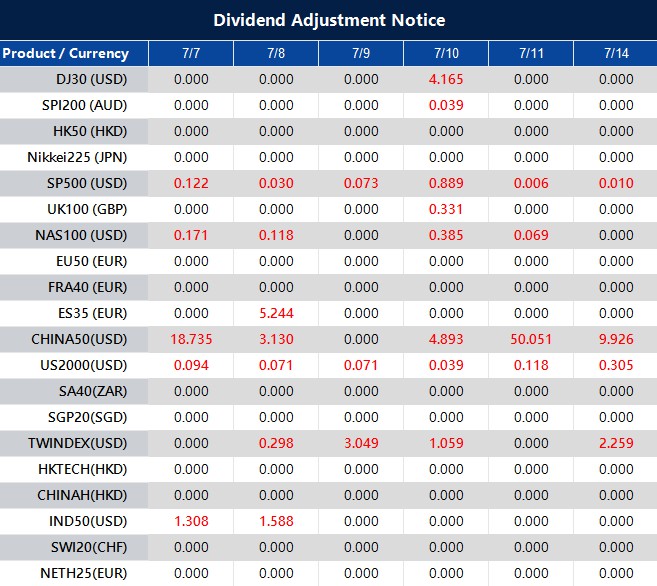Most analysts expect the Reserve Bank of Australia (RBA) to lower its cash rate. A Reuters poll reveals that 31 out of 37 economists predict a cut of 25 basis points.
However, analysts at Bank of America believe the RBA may keep rates steady. This is partly due to ongoing high inflation, with the trimmed mean inflation rate likely to exceed the 2.5% target soon.
Labour Market and Inflation Risks
The unemployment rate is below the RBA’s target of 4.2%, indicating a tight job market. Additionally, unit labour costs are rising because of weak productivity growth.
These elements contribute to ongoing inflation risks. As a result, the RBA might choose to pause and reconsider its approach before making any changes to monetary policy.
In summary, the central bank is facing competing pressures. On one side, the expectation for a rate cut is strong, with many economists supporting this view. They are likely considering sluggish consumer activity and a slowdown in housing and lending as reasons for a change. From a macro demand standpoint, it makes sense that easing might be appropriate.
On the flip side, Bank of America’s arguments also hold weight. Inflation, particularly the trimmed mean, isn’t decreasing as hoped. Rising labour costs, combined with slow productivity, could lead to persistent price pressures. This is concerning. High employment rates add to it; when people have stable jobs and income, their spending habits often remain strong. This can keep pressure on inflation, especially in services.
Market Considerations and Positioning
We believe these mixed signals limit the potential for aggressive trading strategies in the short term. Monetary policy does not work in isolation, and even minor rate changes impact valuations across the board. In an environment where one side suggests easing and the other warns of caution, it’s smart to keep options flexible.
Derivative exposure, particularly near-term rate contracts, may be sensitive to sudden changes if expectations shift after the next inflation report. The market could quickly readjust, especially if new data deviates from the current consensus. Significant changes or surprises in real wage growth could lead to revised expectations for terminal rates.
We recommend monitoring implied volatility in short-dated futures. If this measure starts to widen, it could indicate growing market uncertainty as the monetary decision date approaches. For now, staying nimble is crucial, rather than making large trades based solely on dominant views. Biases can lead to rapid corrections when forward guidance shifts.
If wage pressures continue and the next Consumer Price Index (CPI) report shows unexpected increases, it’s unlikely that a swift loosening cycle will follow. Traders who think early easing is guaranteed might need to adjust quickly, which carries significant risk.
It’s important to pay attention to the language used in the statements following the meeting. A change in how upside risks, particularly concerning wage movements, are communicated could significantly affect short-term rates. Until then, it may be wiser to engage in shorter-term transactions rather than holding positions influenced too heavily by uncertain predictions.
Create your live VT Markets account and start trading now.
here to set up a live account on VT Markets now





